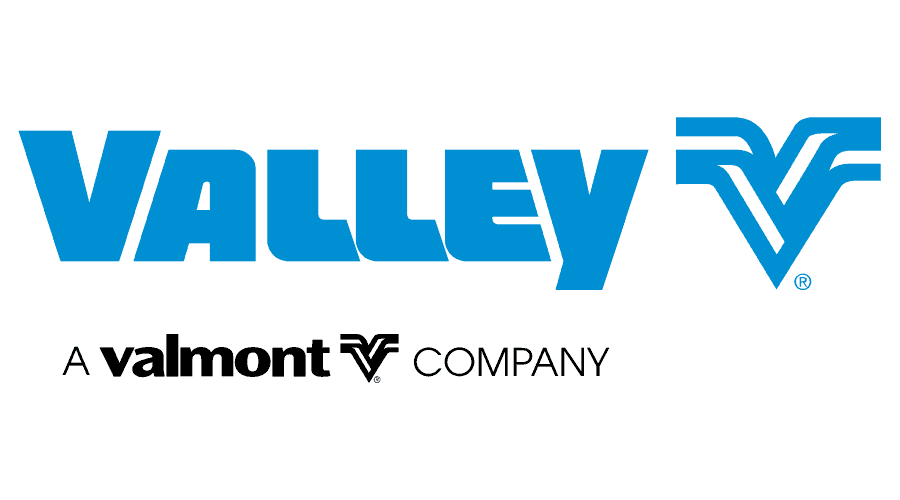I’ve been in the remote irrigation technology business for over 14 years now - all of that with AgSense® and now Valley® (AgSense’s parent company). While 14 years may seem like a ‘blip’ in time in some regards, in the ag technology space, it’s an eternity when you consider the advancements and changes that have influenced the industry.
One of my favorite parts of the job over the years has been talking to our end-user customers about their remote experience. I enjoy most hearing what they love about the technology, how it’s changed their on-farm and off-farm lives, and their ‘wish list’ for new technology moving forward. Earlier this week, I was having one of these types of discussions with a long-time customer and even longer-time irrigator who well remembers trying to manage dozens of center pivots manually and with no remote visibility.
In this grower's part of the country (and many others this season), there has been a significant increase in severe tornado/windstorm activity and therefore pivot damage. He talked about how he tries to position the pivot with the wind rather than perpendicular when he knows a storm is coming in order to reduce resistance and potential damage. He reminisced about the ‘old days’ (pre-AgSense) when he and his hired help would try to fan out and drive to each pivot individually to get them moved in time, as opposed to today where he just goes into his Valley 365 app, starts each of them with a ‘stop at’ angle that is best suited for the wind direction, and it’s done. Within a few minutes, they are all programmed to run in ‘dry’ mode at 100% to the stop angle.
Reflecting on that conversation afterward, I got to thinking about how that is one of the simple use cases we talked about in 2010, but we don’t really talk about anymore. We have some really cool new hardware and software developments in the meantime — VRI, intuitive pump control, fertigation management, sequencing, incorporating imagery, AI, etc. These are popular and valuable — but so are these basic things we used to talk about in years past. They may seem like ‘old news,’ but they are still just as valuable today as they were back then.
Here are a few others that came to mind after that discussion:
- Text alerts (one critical text alert can save thousands of dollars)
- The ability to remotely program speed by angle
- The ability to ‘stop all’ (bulk commands) to quickly stop pivots when unexpected rainfall pops up, saving water and energy
- Overlap zone buffers for crash avoidance
- Customizable options to visualize a farm on list view or map view
- End tower current and historical pressure by angle
Most importantly, the ability to go on that camping trip with your family on the weekend instead of having to stay back on the farm to monitor your pivots. I took a call years back from a farm wife who thanked me for getting her husband set up with remote monitoring on their pivots — it was the first summer he joined the rest of the family on their camping trip.
As we continue to develop the technology and our growers adopt newer features, the agronomic and economic benefits of remote technology continue to rise quickly. We remain focused on that and continue to lead the industry in that regard. But sometimes it’s fun to remember the simple things that got us all where we are today. These foundational tools are the bedrock of our progress, just like power windows and cruise control in your vehicle — features we now take for granted but wouldn't want to live without.
In the end, it's these simple yet effective innovations that make all the difference, allowing us to look back with gratitude and forward with excitement for what’s to come.



